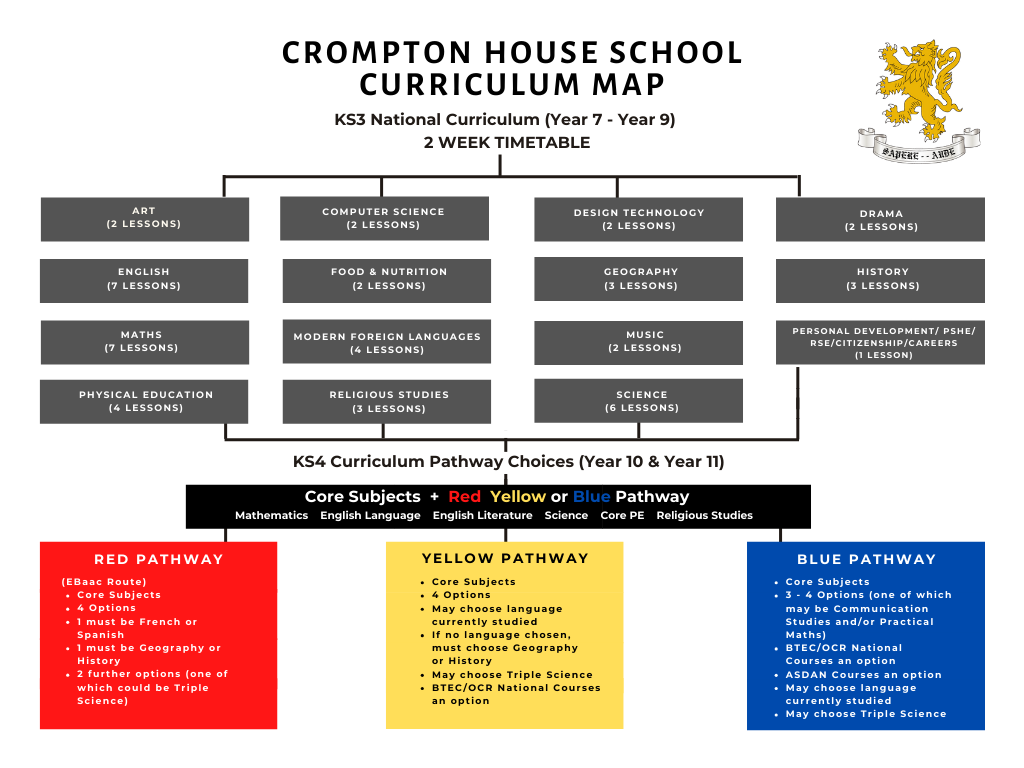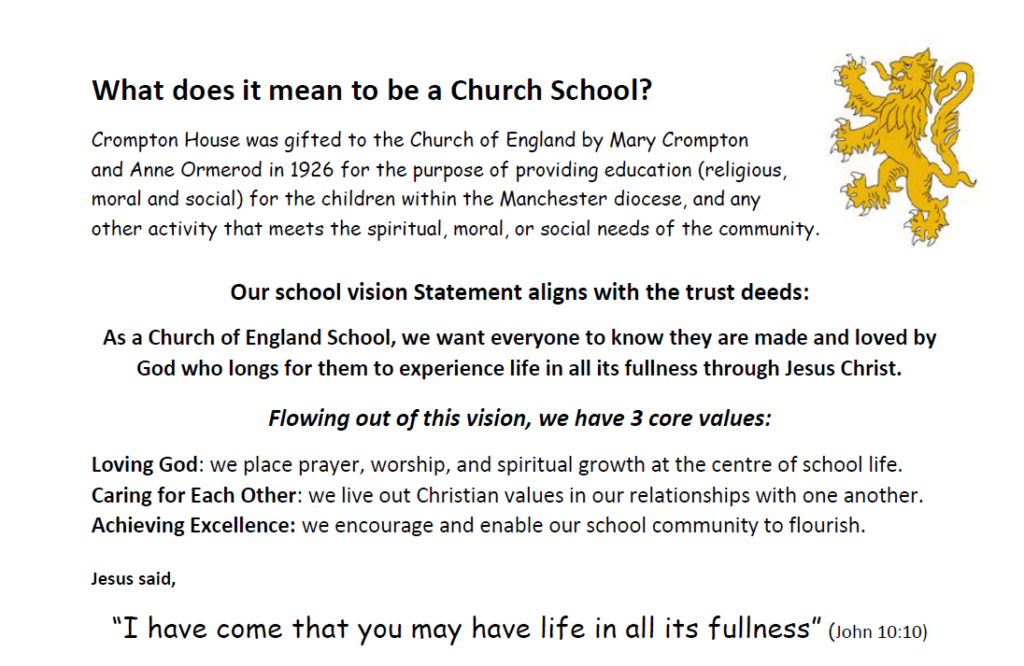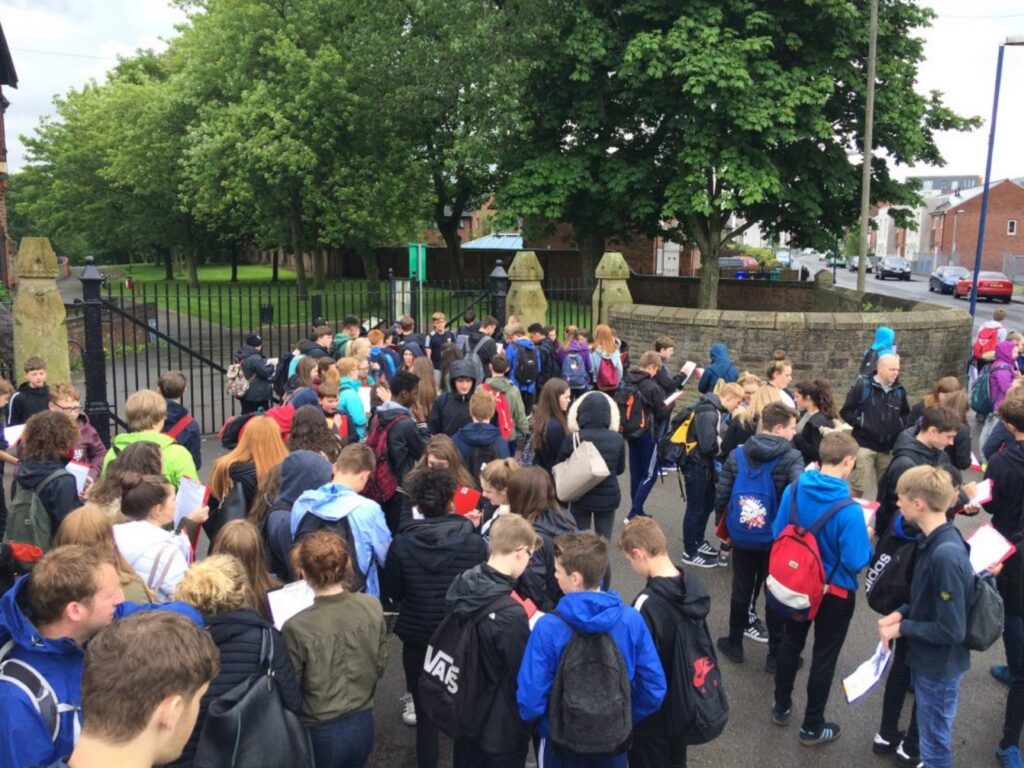East Manchester Field Trip – Friday 24th June
Mr R. Wadsworth, a graduate of Geography, who accompanied the trip recalls the fieldtrip.
Last Friday the Year 9 Geographers embarked on a journey to explore the sunny city of Manchester. Using what they have learned throughout the year they aimed to contextualise the processes and examples of economic, social and environmental regeneration within East Manchester. At each site they completed an Environmental Quality Survey, grading qualities such as building condition and litter, as well as writing down the evidence of regeneration and/or decline at each site to make comparisons between them.
We arrived just outside Philips Park Cemetery and could already see signs of regeneration, as the park itself holds a Green Flag Award (1 of 13 within Manchester) for its good maintenance and involvement within the local community. From the Park we made our way towards the Etihad stadium where there was a mix of red and blue reactions. It was very apparent that the construction of the stadium had brought further development with it, including a new supermarket and the Manchester City Academy.
As we worked our way through the inner city we came across a more typical scenario of terraced council houses, however this was paralleled by a Mercedes Benz car showroom which looked lost in its immediate surroundings. It was around this time that we experienced our first dose of typical Manchester weather, and were forced to stand around in the rain whilst Mr Smith and Mr Hardman rambled on about the juxtaposition of the site.
Once subsided and everyone had spell checked juxtaposition, we moved further into the inner city where we saw more contrasts between areas of new development amongst closed down pubs. A short break for lunch was held outside what Mr Hardman described as “the Manchester Marina” in New Islington where there was more evidence of regeneration in the form of a newly built Primary Care Centre amongst other “urban splash” developments.
After our energy was refilled we worked our way past the old retail park on Great Ancoats Street, which thrived when it was newly built, but now only a couple of run down stores remain. The Ancoats area beside the Rochdale canal was our next site, where old industrial buildings had been restored and new ones built in a similar style to fit in with the industrial architecture. However most of the boys seemed much more interested by the dead rat in the canal than the aesthetically pleasing regeneration.
During our journey thus far we had noticed closed pubs and graffitied walls, which greatly contrasted with the modern shops and street art that we saw whilst walking through Ancoats towards the Northern Quarter. Once in the Northern Quarter there was clear evidence of gentrification in the form of privately owned buildings being transformed in to bars and shops.
Within the Northern Quarter there was a greater sense of community as we were greeted by waving locals from their window and seemingly followed by an annoying youth on a motorbike. It was here outside the Manchester Craft & Design Centre that we witnessed the calm before the storm; we enjoyed a few minutes of sun before making our way over to the National Football Museum where the heavens opened up. We had already organised to use the museum’s facilities beforehand, so students began dashing towards the entrance and the remainders had to huddle like penguins under the gazebo outside. Other people had different intentions and decided it was a perfect opportunity to play on the playground in the downpour… each to their own.
After the rain had finally stopped and everyone had bought their chips and hot chocolate we made our way back to the coach. Ready to return a little bit wetter, but with a greater understanding of Manchester as an urban landscape.





